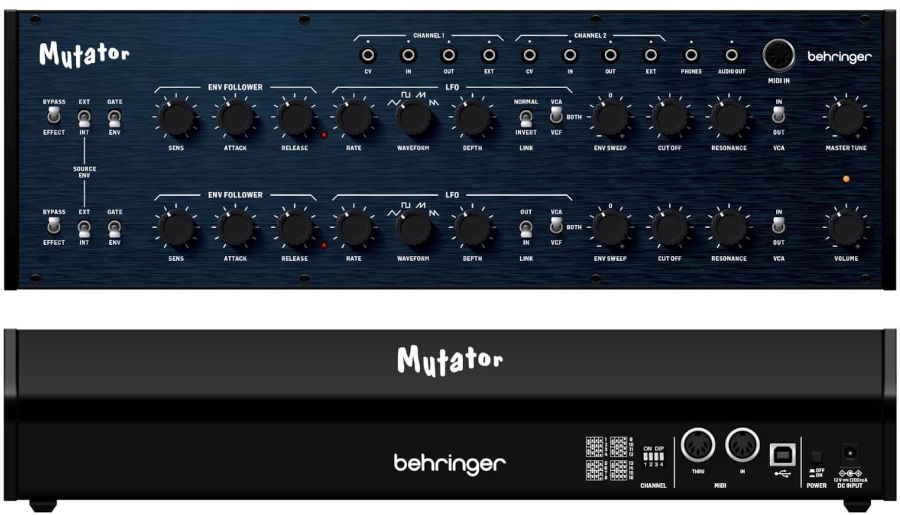
Behringer Introduces Mutator: A Tribute to the Legendary Mutronics Mutator Analog Filter
Exploring Behringer's Clone of the Iconic Dual Analog Filter with Built-in Modulation
NEWS Music Production June 20, 2024 Reading time: 3 Minute(s)
Behringer has announced their latest creation: the Mutator, a faithful tribute to the iconic Mutronics Mutator dual analog filter. Known for its distinctive sound sculpting capabilities and rich modulation options, the Mutator has been a staple in studios since its debut in the 1990s.
Behringer's homage to this classic device comes in response to the resurgent demand for vintage analog effects among musicians and producers alike. In 2022, Behringer first captured attention with their Dual Phase phase shifter, and now, they are poised to make an even bigger splash with the Mutator.

THE ORIGINAL MUTRONICS MUTATOR DEVICE [IMAGE CREDITS: RETRO GEAR SHOP]
A recent social media post by Behringer revealed their commitment to authenticity and quality in developing the Mutator. They have been working closely with the original designer to ensure that every aspect of the Mutator's unique character and functionality is faithfully recreated. This collaboration underscores Behringer's dedication to honoring the legacy of the Mutronics Mutator while leveraging modern manufacturing techniques to make it accessible to a wider audience.
The Mutator excels in its ability to transform sounds with its dual analog filters, each equipped with cutoff and resonance controls on the front panel. What sets it apart is its built-in modulation capabilities: each channel includes an envelope follower and a multi-wave LFO, allowing for intricate and dynamic sound manipulation. This versatility makes the Mutator not just a filter, but a creative tool capable of producing a wide range of effects and textures.
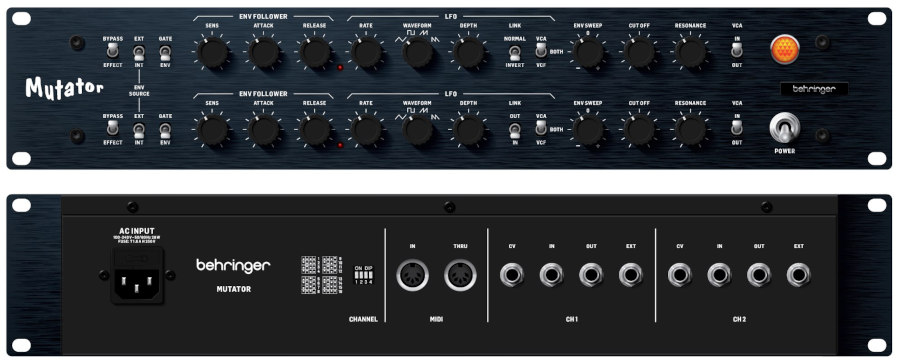
Behringer is currently gauging interest in two potential formats for the Mutator: a Eurorack version and a classic 19-inch rack unit. The community response has been mixed, with enthusiasts debating the merits of each format. While the Eurorack version offers flexibility and integration with modular setups, the 19-inch rack version appeals to those who prefer a traditional studio setup and larger controls.
Feedback from the community has highlighted preferences for the Eurorack format due to its compact size and modular compatibility. However, some users have expressed a nostalgic fondness for the larger controls and presence of the 19-inch rack format, which they feel aligns more closely with the vintage nature of the Mutator.
In terms of connectivity, each channel of the Behringer Mutator features mono input and output jacks, an external input for additional signal processing, and CV inputs for modular control. A comprehensive array of I/O options includes main audio outputs, a headphone jack, and MIDI connectivity via both traditional 5 pin cables and USB ports on the rear panel.
One aspect that has sparked discussion among purists is the choice of small jacks over large ones. While small jacks are practical for space-saving and modular environments, many enthusiasts argue that large jacks would have enhanced the vintage aesthetic and tactile experience of using the Mutator.
Behringer's announcement of the Mutator has ignited anticipation within the music production community, offering both seasoned professionals and newcomers alike the opportunity to explore the distinctive sound of the Mutronics Mutator in a modern context. As Behringer moves forward with the finalization of the Mutator, the company encourages feedback from users to help shape the future of this iconic analog filter replication.
IMAGES CREDITS: MUTRONICS | BEHRINGER
*Our pages may contain affiliate links. If you buy something via one of our affiliate links, Review Space may earn a commission. Thanks for your support!
CATEGORIES




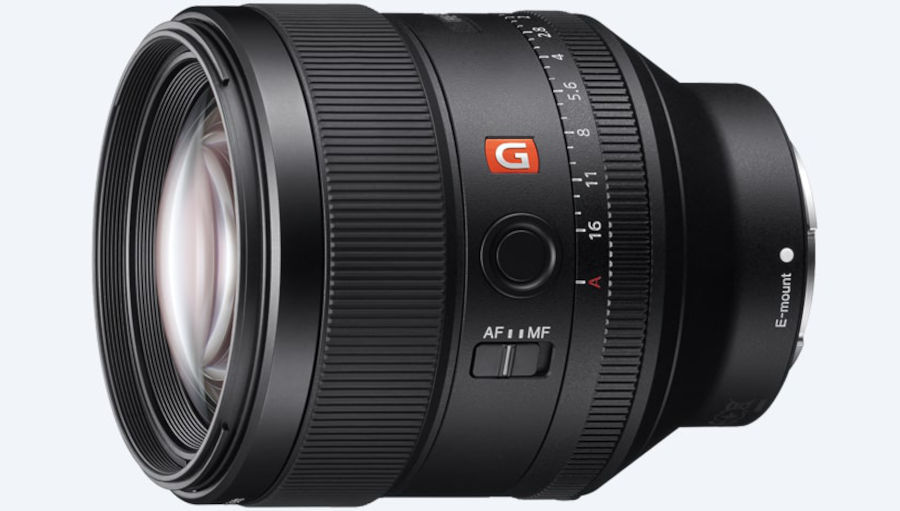

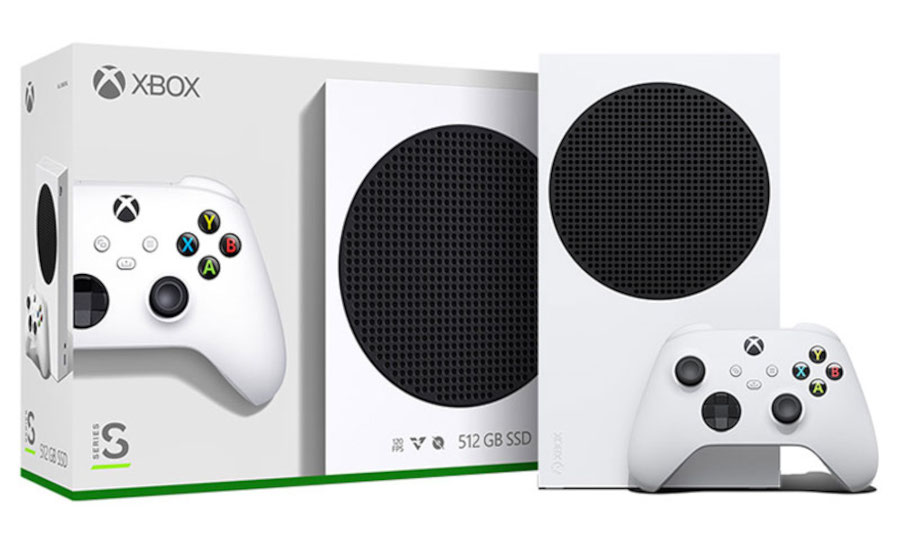












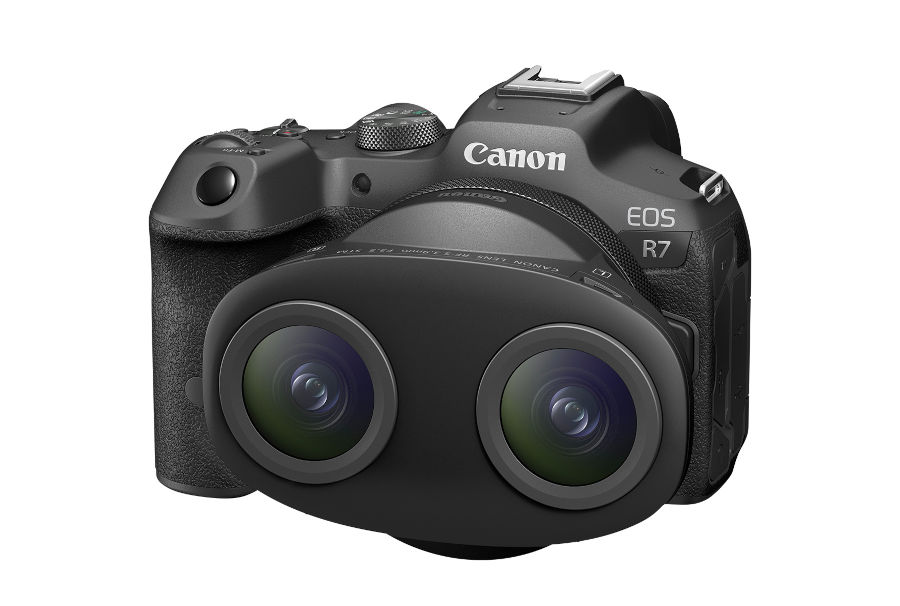




COMMENTS